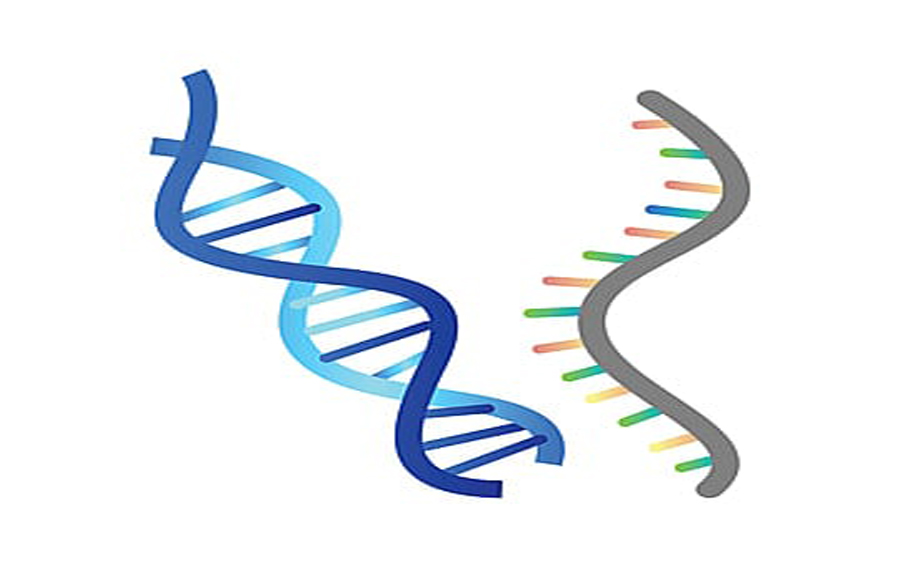Introduction:
In today’s fast-paced world, technology has become an integral part of our lives, shaping how we communicate, work, and learn. One of the most significant areas where technology has made a profound impact is education. From virtual classrooms to interactive learning platforms, technology has revolutionized the way we acquire knowledge. In this blog post, we’ll delve into the various aspects of the role of technology in education, exploring its benefits, challenges, and potential for the future.
Table of Contents
Bridging the Gap
Technology has bridged geographical walls, enabling scholars and preceptors from around the world to connect seamlessly. With the arrival of virtual classrooms, geographical distances are no longer a limitation. scholars can now interact with preceptors and peers, swapping ideas and gests in real time. This virtual terrain has opened up a treasure trove of educational openings, enabling cross- cultural literacy like no way ahead. also, technology has made education accessible to those who face physical limitations or unique literacy requirements. Through technical tools and software, scholars with disabilities can engage in the literacy process with lesser ease. This inclusive fosters a different and vibrant literacy community.
Interactive literacy
Traditional education frequently reckoned on one- way communication, where preceptors communicated knowledge, and scholars absorbed it passively. still, technology has converted this dynamic through interactive literacy platforms. These platforms offer engaging multimedia content, quizzes, and simulations that laboriously involve scholars in the literacy process. generalities that were formerly abstract can now be imaged and understood through interactive simulations. Active participation leads to better understanding and retention of information. The gamification of literacy, where educational content is presented in the form of games, adds an element of fun and provocation, encouraging scholars to explore and learn at their own pace.
Personalized Learning

Every pupil has a unique literacy style and pace. Technology has empowered preceptors to feed to individual requirements through substantiated literacy gests. Adaptive literacy algorithms dissect scholars’ progress and customize the class to address their strengths and sins. This approach ensures that scholars admit the right position of challenge, enhancing their overall literacy experience. also, technology enables scholars to readdress generalities they find delicate, allowing them to grasp the material completely before moving forward. This not only boosts confidence but also fosters a deeper understanding of the subject matter.
Access to Information
Gone are the days of counting solely on handbooks and encyclopaedias for information. The internet has brought a wealth of knowledge to our fingertips. scholars can now explore a vast array of coffers, from scholarly papers to educational vids. This access to different perspectives enriches the literacy process, encouraging critical thinking and independent exploration chops. still, this ease of access also brings challenges in sapient dependable sources from unreliable bones. preceptors play a pivotal part in guiding scholars on how to estimate online information critically and make informed opinions.
cooperative literacy
Technology has converted education into a cooperative bid. Virtual platforms, discussion forums, and cooperative documents enable scholars to work together on systems and assignments, indeed when they aren’t physically present in the same position. This encourages the development of cooperation, communication, and problem- working chops, all of which are essential in the ultramodern pool. cooperative literacy also exposes scholars to different shoes and ideas, promoting a deeper understanding of the subject matter. Through regardful conversations and debates, scholars can upgrade their own perspectives and broaden their mid-air’s.
Real- World Simulations
The integration of technology in education extends beyond handbooks and lectures. Real- world simulations allow scholars to witness scripts that might else be impracticable or parlous. For case, aspiring medical professionals can exercise surgical procedures in virtual surroundings, while engineering scholars can pretend complex designs and trials. This hands- on experience enhances practical chops and prepares scholars for the challenges of their chosen fields.
Enhanced Assessment styles
Technology has converted the way pupil literacy is assessed. Traditional examinations and assignments are now rounded by online quizzes, interactive assessments, and automated grading systems. These tools give immediate feedback to scholars, helping them identify areas that need enhancement. also, preceptors can use data from these assessments to knitter their tutoring styles and acclimatize the class to more suit scholars’ requirements.
Overcoming Language Barriers
For students learning in a language that is not their native tongue, technology provides invaluable assistance. Language learning apps, translation tools, and speech recognition software aid in developing language skills with personalized lessons and real-time feedback. This is particularly beneficial in a globalized world where effective communication in multiple languages is a valuable asset.
Challenges and enterprises

While the integration of technology in education brings multitudinous benefits, it isn’t without its challenges. One of the primary enterprises is the eventuality for distraction. With access to the internet during literacy sessions, scholars might be tempted to engage in non-educational conditioning, hindering their focus and productivity. Another concern revolves around data sequestration and security. With the collection of pupil data for substantiated literacy, it becomes essential to insure that this information is stored and used responsibly, securing scholars’ sequestration.
Digital Divide
Despite the advancements in technology, a digital peak still exists, with some scholars having limited access to bias and the internet. This inequality can complicate educational difference, as those without access are unfit to profit completely from online literacy coffers. Bridging this peak requires combined sweats from governments, seminaries, and communities to ensure that every pupil has equal access to educational technology.
Future Possibilities
The part of technology in education is ever- evolving. As we look toward the future, instigative possibilities crop. Virtual reality ( VR) and stoked reality( AR) technologies hold the eventuality to produce immersive literacy gests , transporting scholars to literal events, distant globes, and complex scientific generalities. Artificial intelligence (AI) could give substantiated training, answering questions and offering guidance24/7. also, the integration of technology with traditional tutoring styles could strike a balance that maximizes the benefits of both approaches. As technology continues to advance, the educational geography is set to transfigure indeed further.
Conclusion
In conclusion, technology has reshaped education in remarkable ways. It has normalized literacy, making it accessible to a broader range of scholars, and has converted unresistant literacy into an active, engaging experience. While challenges similar as distraction and the digital peak persist, the eventuality for technology to enhance education is inarguable.

